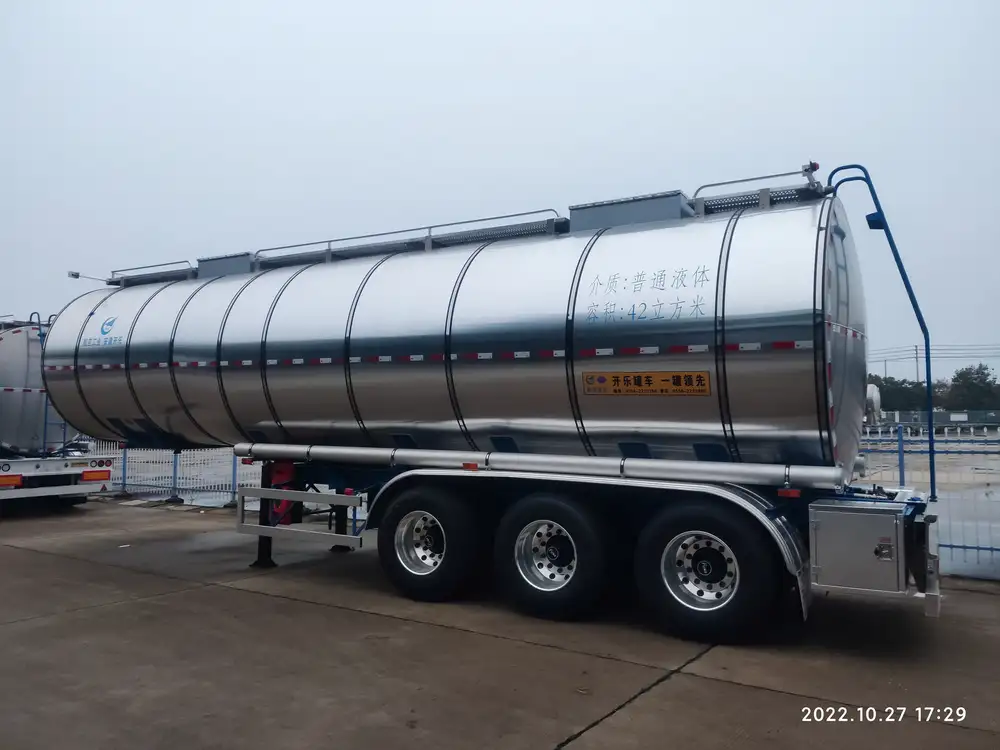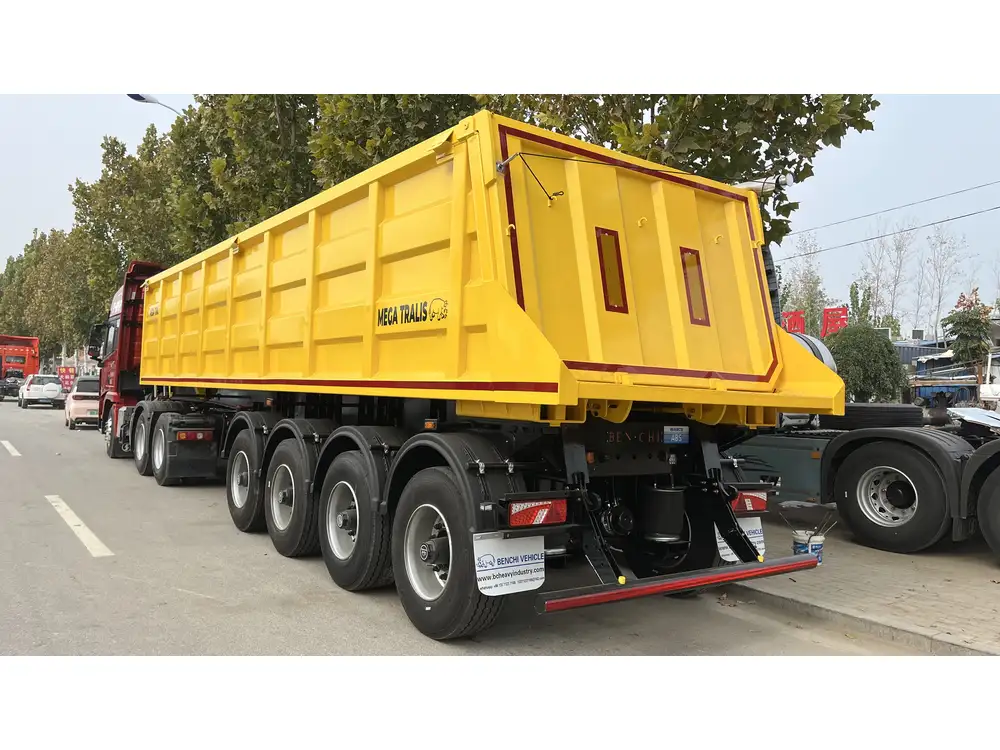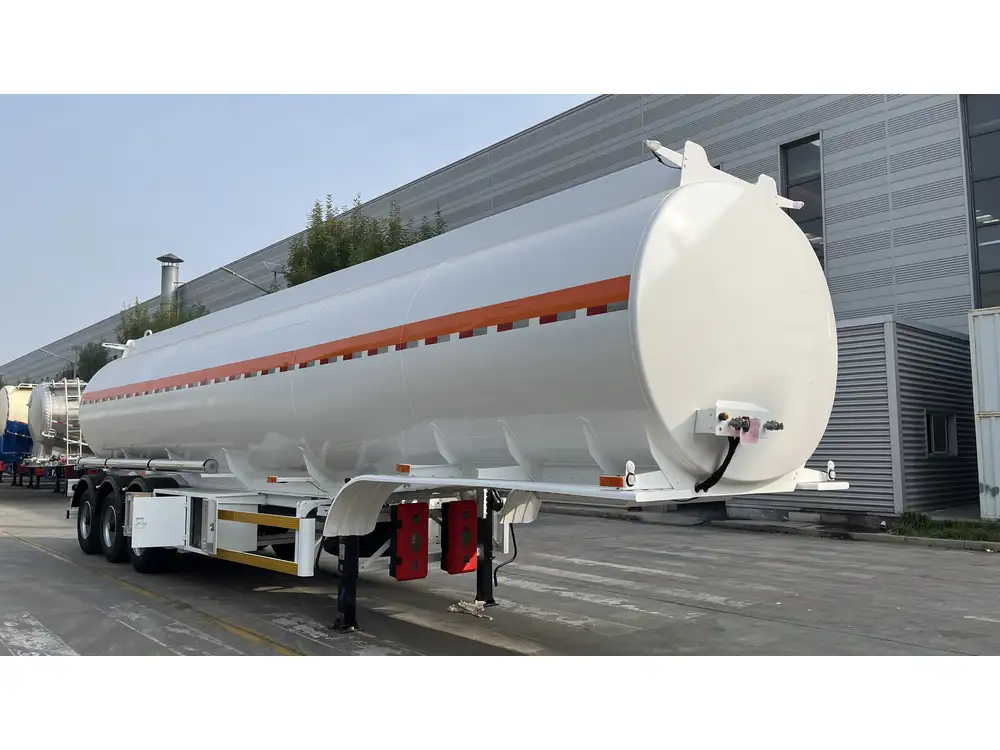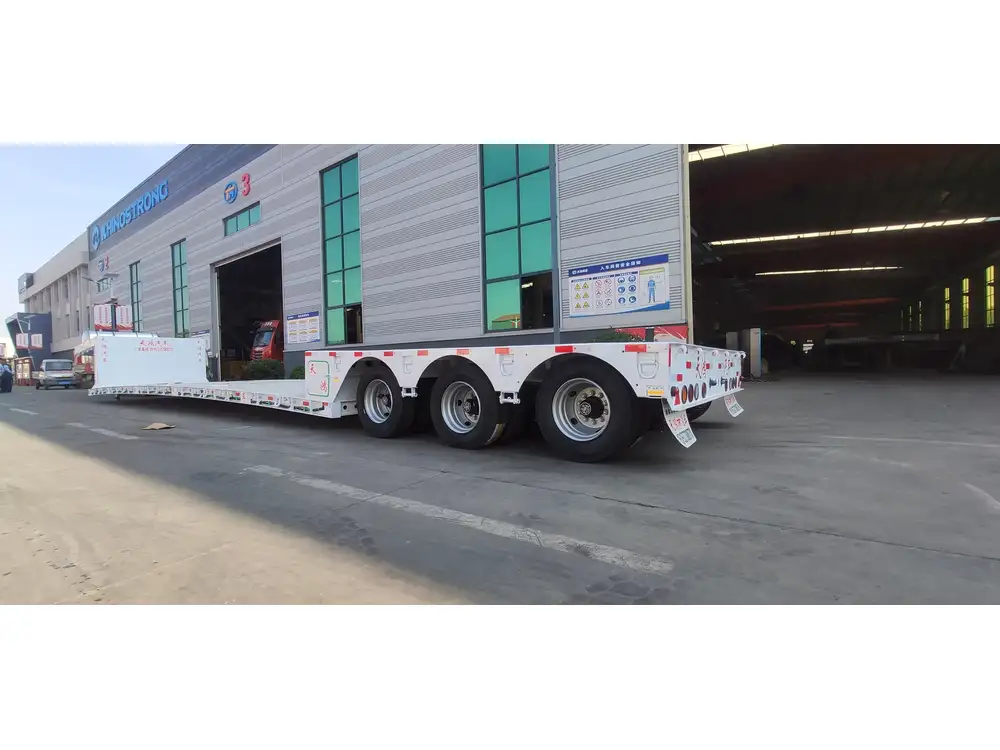The cost of purchasing a brand new semi-trailer can vary significantly based on several factors, including type, specifications, features, and market dynamics. Understanding these variables is crucial for making an informed investment. Here’s a detailed breakdown of what influences semi-trailer pricing and insights on costs associated with different trailer types.
1. Overview of Semi-Trailer Types and Their Costs
Semi-trailers come in various types, each designed for specific transportation needs. Below is an exploration of common types along with their associated price ranges.
| Type of Semi-Trailer | Typical Cost Range ($) | Description |
|---|---|---|
| Dry Van Trailers | 30,000 – 50,000 | Enclosed trailers designed for cargo protection. |
| Refrigerated Trailers | 40,000 – 70,000 | Insulated trailers for temperature-sensitive goods. |
| Flatbed Trailers | 25,000 – 45,000 | Ideal for oversized or heavy loads. |
| Dump Trailers | 40,000 – 60,000 | Used for transporting loose materials like gravel. |
| Tank Trailers | 50,000 – 100,000 | Designed for transporting liquids, including hazardous materials. |
| Livestock Trailers | 30,000 – 60,000 | Specifically built for transporting animals. |
Key Factors Influencing Semi-Trailer Prices

1.1 Trailer Type and Configuration
The primary determinant of cost is the type of semi-trailer selected. Basic dry van trailers generally come at a lower price point compared to specialized trailers like refrigerated or tank trailers due to their additional features and load capacities.
1.2 Specifications and Customization
Buyers often seek specific features such as additional axles, height adjustments, or custom dimensions which can increase the overall price. Custom-built trailers can incur costs significantly above average – starting from $50,000 to upwards of $100,000 depending on the specifications.
1.3 Material Quality
The material used in the trailer’s construction (e.g., aluminum vs. steel) can affect pricing. While aluminum is lightweight and resistant to corrosion, it typically costs more than steel. On the other hand, a steel trailer may offer durability, particularly for heavy-duty needs, at a lower initial investment but could require more maintenance over time.

1.4 Brand and Manufacturer
Established manufacturers often have a premium due to their reputation for quality and reliability. Investing in a well-known brand can offer peace of mind, as these companies may also pledge superior service and warranty options.
2. The Process of Purchasing a Semi-Trailer
2.1 Initial Research and Budget Setting
Before diving into purchasing a semi-trailer, prospective buyers should establish a clear budget. This includes considering financing options and the total cost, including maintenance, insurance, and potential modifications post-purchase.

2.2 Dealer vs. Manufacturer Pricing
Purchasing directly from the manufacturer may sometimes yield better prices compared to buying from a dealer, although dealers may have immediate availability. It’s essential to compare both avenues and consider factors such as warranty services, customer support, and aftermarket services.
2.3 evaluating Used vs. New Trailers
While the focus here is on new semi-trailers, considering used options can save significant costs. However, this comes with risks linked to maintenance history, wear, and compliance with current regulation standards. New trailers offer a manufacturer’s warranty, potential financing options, and modern features that may not be found in older models.
3. Additional Costs Associated with Semi-Trailers
Purchasing a semi-trailer involves more than just the sticker price. Below are various factors contributing to the total cost of ownership.

3.1 Insurance and Licensing
Transporting cargo requires insurance coverage which can vary based on the type of goods transported. This is a crucial element for compliance and financial protection.
3.2 Maintenance and Repairs
New semi-trailers usually come with a warranty. However, buyers should still budget for regular maintenance checks, potential repairs, and necessary compliance inspections, which can add up over time.
3.3 Fuel Efficiency Factors
Trailers with aerodynamic designs often fetch higher prices but can lead to long-term savings through reduced fuel consumption, a key cost consideration for many operators.

3.4 Financing Costs
Partial or full financing of a semi-trailer purchase requires understanding interest rates and repayment terms. Different lenders offer varying terms, which can significantly impact the overall cost of ownership.
4. The Economic Landscape and Its Influence on Pricing
The cost of manufacturing semi-trailers is often influenced by broader economic factors, including commodity prices, labor costs, and changes in environmental regulations.
4.1 Market Demand and Supply
The semi-trailer market can be cyclical. In times of economic growth, demand for freight transport increases, subsequently increasing prices. Conversely, during economic downturns, prices may become more competitive but could lead to fewer features or inferior materials.

4.2 Trade Policies and Tariffs
New tariffs and trade policies can affect raw materials and component costs, further influencing end product pricing. Manufacturers often need to adjust their pricing strategies accordingly.
5. Key Considerations When Buying a Semi-Trailer
5.1 Purpose and Load Capacity
Before choosing a semi-trailer, evaluate the load you will be transporting. Different trailers cater to diverse cargo types and weights; making the wrong choice can result in inefficiencies and additional costs.

5.2 Trailer Longevity
The semi-trailer universe can be unforgiving when it comes to wear and tear. Choosing higher quality builds may incur higher upfront costs, but they often pay off in longevity, reducing the frequency of replacement.
5.3 Aftermarket Support
A manufacturer’s support network is pivotal. Ensure the selected manufacturer provides excellent aftermarket support, including parts availability and maintenance assistance.
6. Conclusion: Making an Informed Decision
Purchasing a brand new semi-trailer is a significant investment that requires meticulous planning and consideration of numerous variables. By understanding the myriad factors influencing cost, buyers can make informed decisions that align financial capabilities with operational needs.
Engaging with a reputable manufacturer, weighing the pros and cons of various trailer types, and considering long-term costs will yield the best results. Investing in a semi-trailer can enhance productivity and profitability in your transportation operation—making the initial effort worthwhile.

Frequently Asked Questions (FAQs)
What is the average lifespan of a semi-trailer?
- The average lifespan of a semi-trailer is approximately 10-15 years if properly maintained.
Can I customize my semi-trailer design?
- Yes, most manufacturers offer customization options according to your business needs.
What kind of maintenance is required for semi-trailers?
- Regular inspections for structural integrity, tire health, and braking systems are essential to maintain safety and compliance.
Are there financing options available for semi-trailer purchases?
- Yes, various financing programs are available through manufacturers, banks, and specialized lending institutions.
How can I improve the fuel efficiency of my semi-trailer?
- Selecting trailers with aerodynamics and lightweight materials can improve fuel efficiency, along with proper maintenance of the vehicle.
By meticulously analyzing the costs, factors, and considerations highlighted above, aspiring buyers can navigate the semi-trailer purchasing process effectively and confidently—ensuring their investment yields optimal operational benefits.



